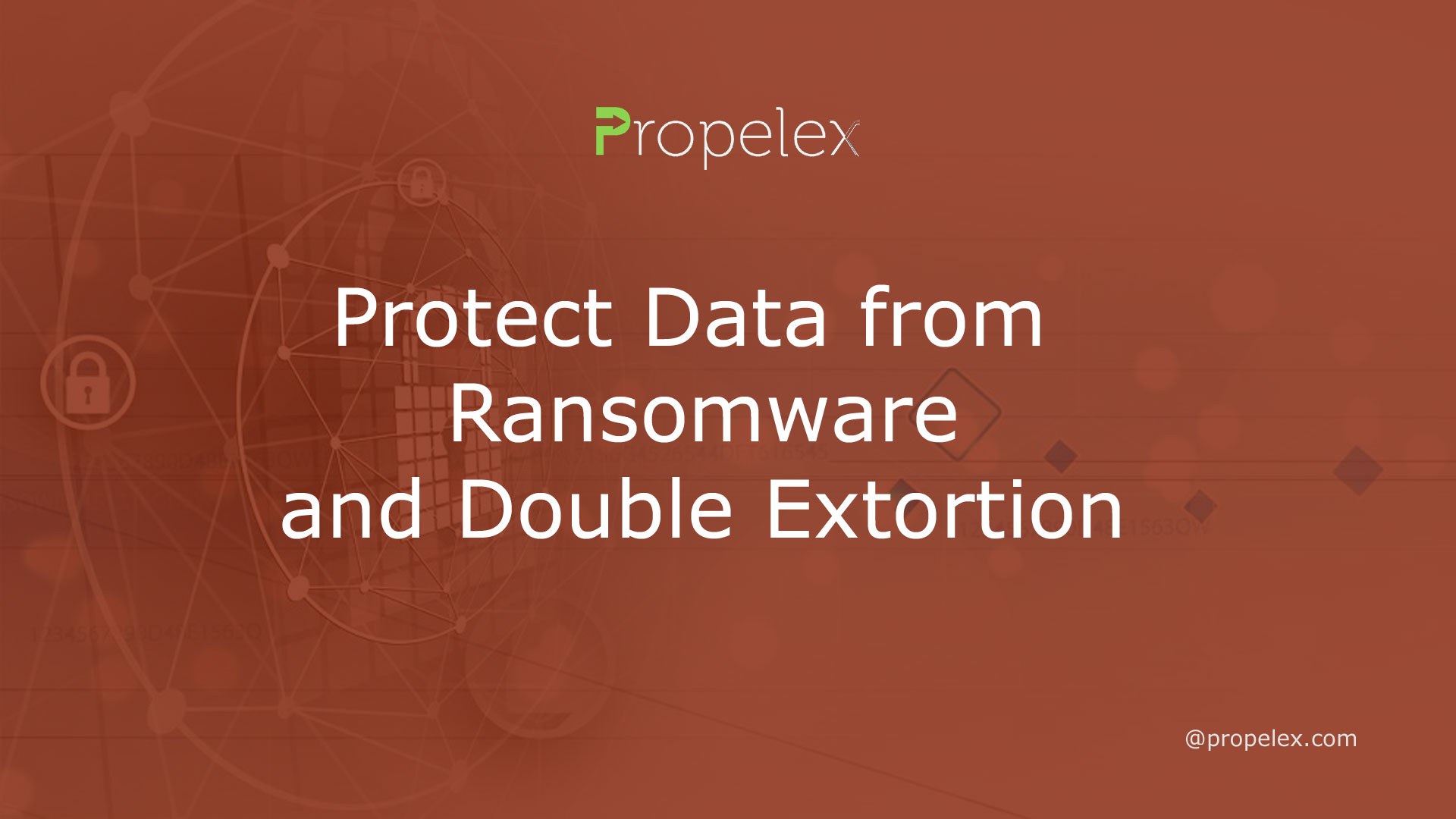If you are worried about hit by ransomware, you are not alone. In fact, there are ways to protect data from ransomware and double extortion programs. There are also methods to prevent targeted in the first place. If you’re a business owner, you need to know these tips to avoid targeted and extorted by a criminal who will steal your data.
Preventing a double extortion attack
When it comes to cybersecurity, the threat of a double extortion attack is one of the most significant. These attacks can compromise sensitive customer information and financial penalties. However, there are steps you can take to avoid them.
To protect yourself, you’ll need to understand what double extortion is. It’s a type of ransomware where the attackers first steal sensitive data before encrypting files. After the data encrypted, the perpetrators demand a ransom in exchange for access to the information.
The Maze gang was the first known group to employ double extortion ransomware. They were known for targeting Canon, Cognizant, and Allied Universal, among others. They were able to increase the demand for a ransom from 300 Bitcoins to 50%, and then threaten to release stolen data unless the organization paid up.
As an example, in the case of the Maze gang, they posted a description of the breach and a link to a 7-zip archive with 700 MB of leaked data. In addition, the hackers threatened to use the stolen information in a spam operation.
The FBI has also issued a warning against this type of attack. The agency states that these ransomware attacks can lead to reputational damage, which can impact regulatory fines and legal proceedings.
Paying a ransom in response to a ransomware attack
If you’re thinking of paying a ransom in response to a ransomware attack, you should do your homework before you make that decision. The process is complicated and there are several factors to consider. You’ll want to document all of them.
The first step in the process is to identify the type of malware or ransomware you’re dealing with. These days, there are several different types, including wiper malware, crypto-ransomware, and more.
You may be able to pinpoint the infection by looking at the file ownership permissions on infected computers. This is an important step in the containment phase. It’s also useful for forensic technicians to gather evidence for a more detailed analysis.
During this time, you’ll need to shut down the infected computer and hibernate it. This will minimize the risk of the ransomware continuing to encrypt your data.
You’ll also need to know how to report the incident to the right parties. These entities include federal law enforcement and local regulators.
One of the best ways to protect yourself from ransomware is to use a security automation solution. This can help your IT team quickly respond to a ransomware attack. You can also have your vendor conduct a full forensic analysis of your system and identify the hackers.
Avoiding exposed to ransomware
As the number of ransomware attacks continues to increase, it’s important for organizations to learn how to avoid exposed to this type of cyberattack. The threat is more serious than ever, but with a few precautions and recommended defensive technologies, you can protect your business from this risk.
In the event of a ransomware attack, the first step is to immediately shut down and hibernate your infected computers. This will minimize the chances of the malware continuing its encryption process. You also want to disconnect your infected computers from the network.
Next, you should contact federal law enforcement. The FBI has a list of organizations and individuals who can help you with a ransomware attack. The Secret Service Field Office can also aid.
To limit the impact of an attack, you should also consider implementing a multilayered security solution. This will help your organization detect suspicious activity in the network.
Once you identify the root cause of the infection, you’ll be able to start the eradication phase. This includes removing the ransomware from the infected machines, pivotal services, and user devices.
In addition to implementing these measures, it’s important to implement a comprehensive resilience plan to ensure your organization can withstand future ransomware attacks. You’ll need to identify the appropriate response plan, prepare for and execute the attack, and ensure your organization’s continuity.









